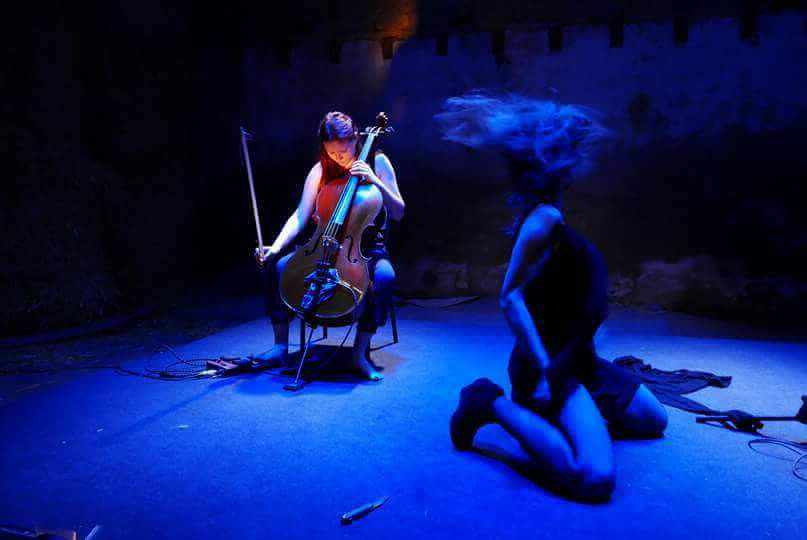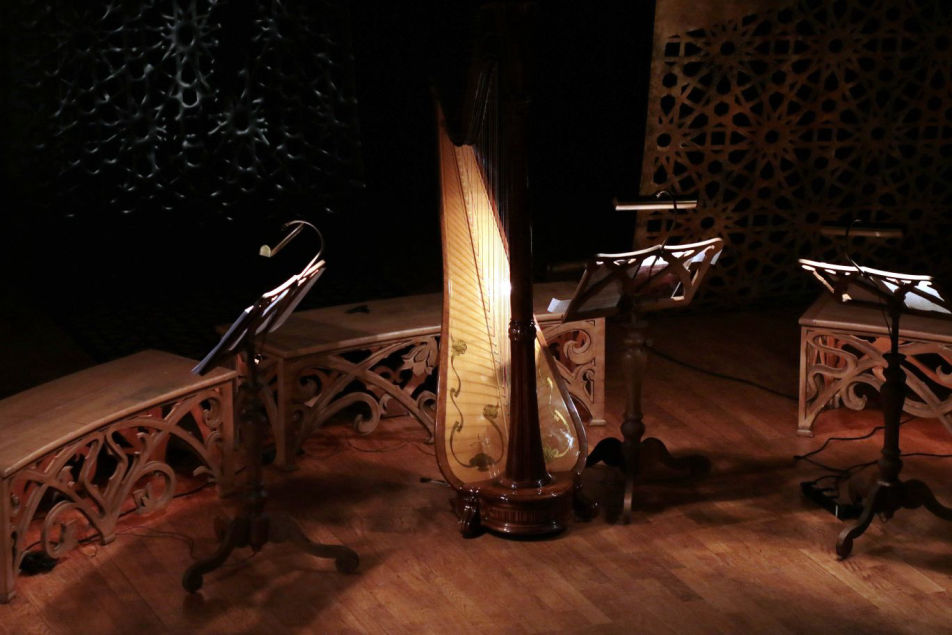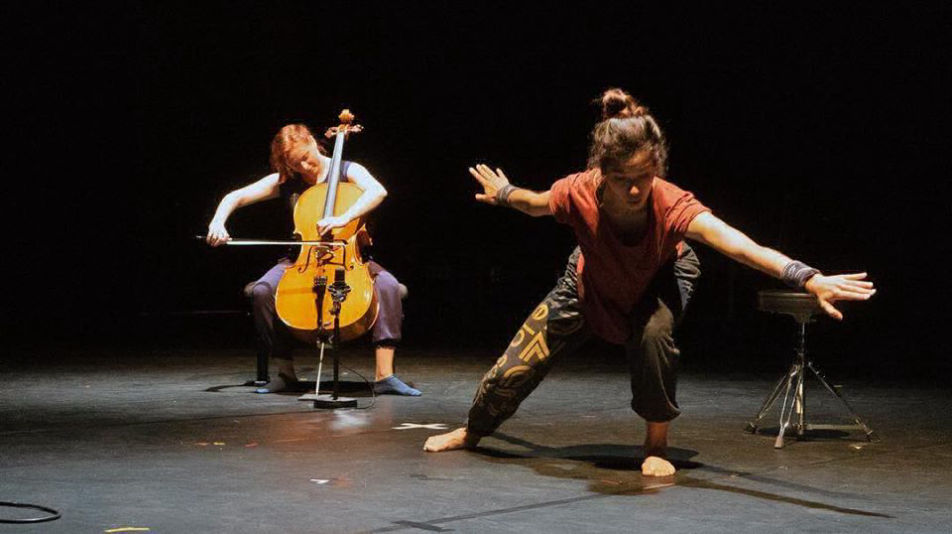
Rosa
In the spring of 2016, I was called by stage director Eric Petitjean, who was looking for a cellist capable of improvising, composing, and acting for his new theatre production. The task was challenging, but by that moment, I already had some experiences in improvising with jazz musicians in Parisian bars. The perspective to act on stage like an actress was exciting. So, I started having sessions with Eric and actress Cassandre Vittu, who would become my partner in crime.
During the next few months of work, Cassandre was reading the text, I was playing along, and Eric was exploring ideas for my cello. The most interesting part of this process was working like a dramatic actor, looking for emotional state, for the story behind the character, and then converting it to some musical text. In the end, I didn’t compose the music to accompany Cassandre’s spoken text, but my own musical text that functioned in dialogue with her. I was a real character of the play; feeling and living my story on stage.
This piece, called Rosa, is a compilation of two plays by French playwright Samuel Gallet: Reanimation and Oswald de nuit. The first part of Rosa tells the story of two sisters. The elder one is an adult with her own family and a stable life. The younger one, Rosa, is a teenager who wants to change the world. The piece starts when the elder sister comes to Athens to search for Rosa, who has disappeared there during the anti-European protests. The elder almost knows from the beginning that Rosa will not be found, so all the text is a sort of post-factum reconciliation between the two sisters, between acceptance of the world as it is, with its silent conveniences and imperfections, and the radical protest against it. The second part of the piece is a manifest of hope and the beauty of life..
The piece was premiered on Rencontres Théâtrales du Val d'Amour Festival in June 2016. Here are the photos from the stage.
The clip below was made a year after the premiere; it's not related to the play anymore but gives the music it's second life, independently form the theater piece:

